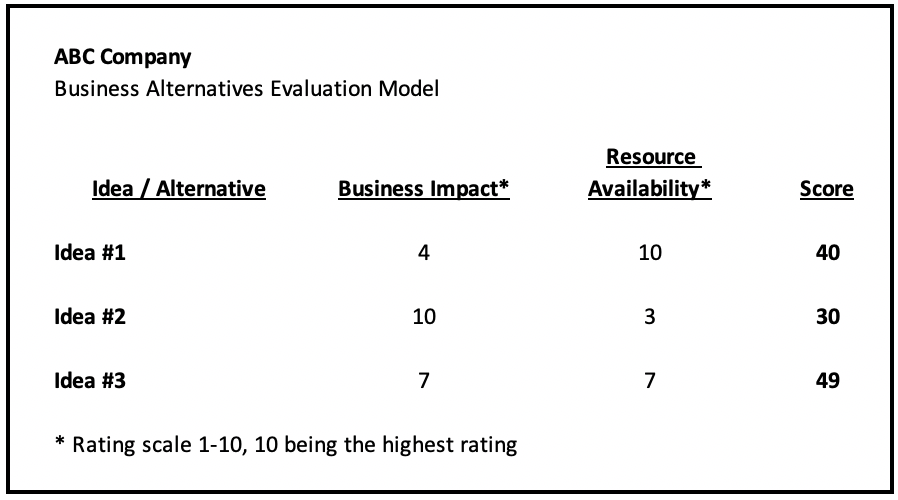How Donatos Pizza Balances 60 Years of Innovation With Steadfast Values with CEO, Tom Krouse
Most business leaders believe in capitalism, but which one? Corporate, free-market, or state capitalism? There are many more, and each one requires different leadership. With this week’s podcast episode originally posted on Valentine’s Day, we’ll look at Agape Capitalism. As guest Tom Krouse, CEO of Donatos Pizza, explains, it centers on a love of humankind, which we don’t often associate with capitalism.
Learn more about how innovation, music, and love are perfect toppings for leadership in our podcast, and read Tom’s tips on incorporating innovation into your company values in this week’s article right below the podcast link.
How can you innovate while staying true to your organization’s underlying values?
As companies grow over time, it can be challenging to maintain a strong sense of purpose and identity. Donatos Pizza, which started 60 years ago as a small shop in Columbus, Ohio, offers a great example. Now a $300+ million restaurant chain, Donatos continues introducing new technologies while preserving its founder’s ideals.
Donatos’ commitment to innovation traces back to founder Jim Grote. In 1963, when pizza was still a novel concept in much of America, Jim brought creative thinking to his little pizzeria. He installed a pickup window—likely one of the first for a pizza shop—offering a convenient way for customers to get their pizza on the go.
This innovative spirit arose from Jim’s core belief that business should operate by ethical principles like the Golden Rule: treating others as you wish to be treated. He wanted to anticipate customer needs and provide novel solutions for them…often before they knew they needed one!
Over the subsequent decades, Donatos has introduced all kinds of innovations: machines to automate slicing fresh pepperoni, another for saucing pizzas, commercial dishwasher upgrades…even seeing a role for love in leadership!
In recent years, the pace of change has accelerated rapidly. So, how can you help your organization embrace innovation as a new normal rather than a disruption?
Donatos CEO Tom Krouse stresses the importance of frequent, transparent communication. Whenever new technologies or processes are implemented, he says it is critical to communicate the reasons behind the change and how they benefit the customer or employee experience. He advises soliciting input from employees at all levels to hear their invaluable ideas and concerns.
Krouse also emphasizes that the process won’t be perfect. Mistakes amid periods of rapid innovation shouldn’t be punished but viewed as opportunities for learning. Leaders should foster a “growth mindset” that turns failures into springboards for progress.
Finally, it is Donatos’ underlying culture anchored in caring for people that enables the risks inherent in innovation. The company speaks of “Agape Capitalism,” striving to balance profits with love and respect for associates and customers alike. As Krouse points out, workers feel safe to try new things when the work environment feels welcoming, supportive, and purpose-driven.
The Donatos story offers inspiration when you seek to sustain your company’s identity and values amid relentless change. Their model requires leaders to commit to transparency, collaboration, and growth. Most importantly, it depends on preserving a unifying sense of mission that makes innovation not feel disruptive but consistent with all that has come before. And to do it all with love.
No single style fits all leaders; that’s why the Innovative Leadership Institute helps leaders find their best, unique form of leadership. From assessments to coaching, explore the tools that are right for you at InnovativeLeadership.com!
This article was adapted by Dan Mushalko, Executive Producer, from the podcast.
Thank you for reading the Innovative Leadership Insights, where we bring you thought leaders and innovative ideas on leadership topics each week.
The Innovative Leadership Institute strives to elevate the quality of leadership worldwide. If you are looking for help developing your leaders, explore our services.

